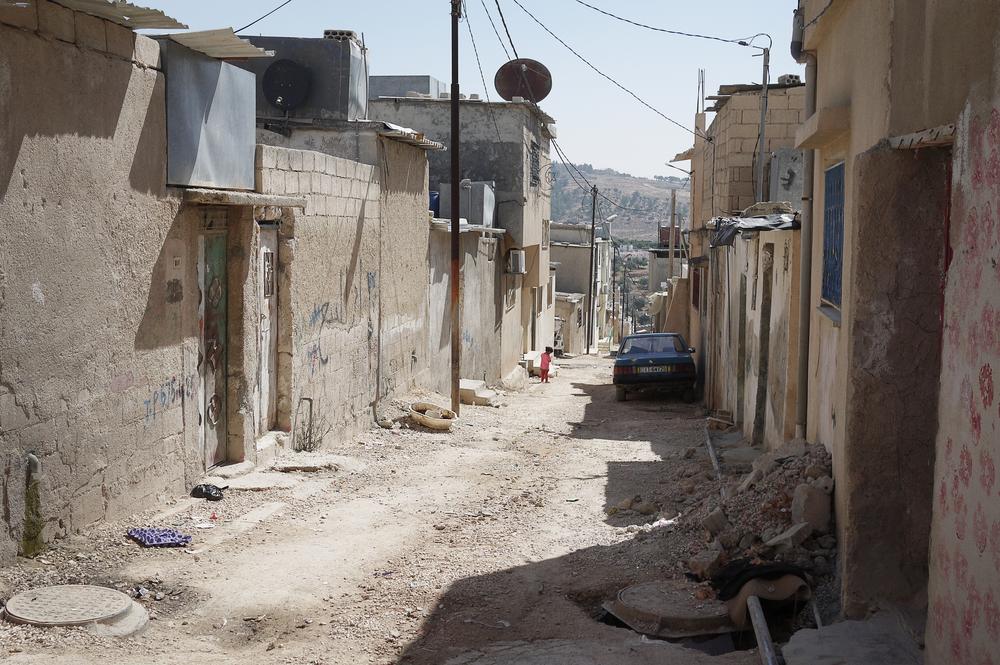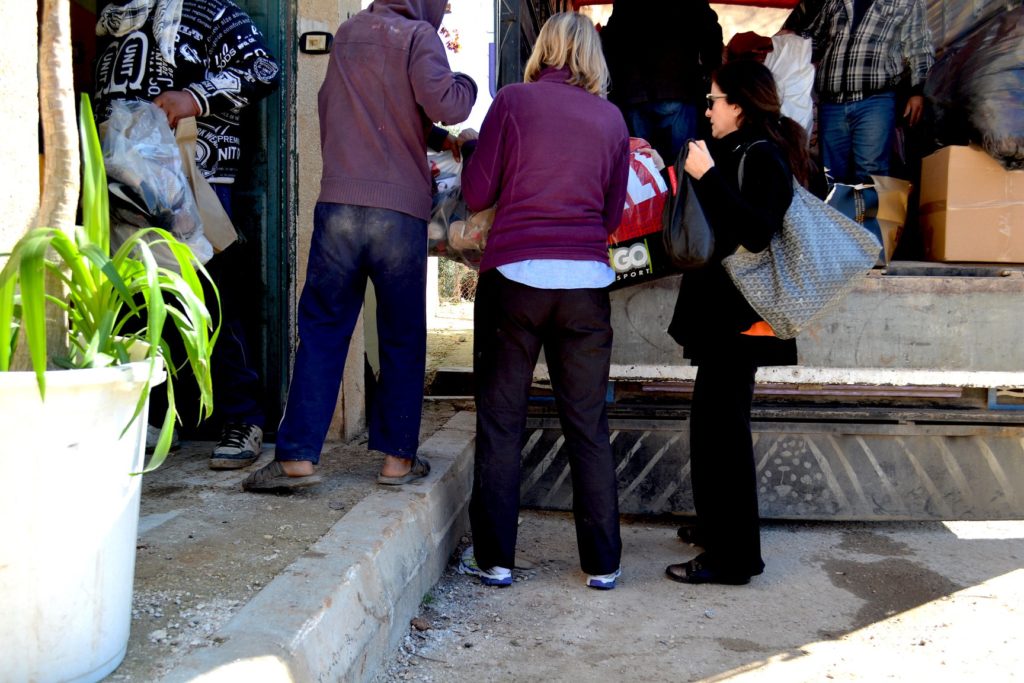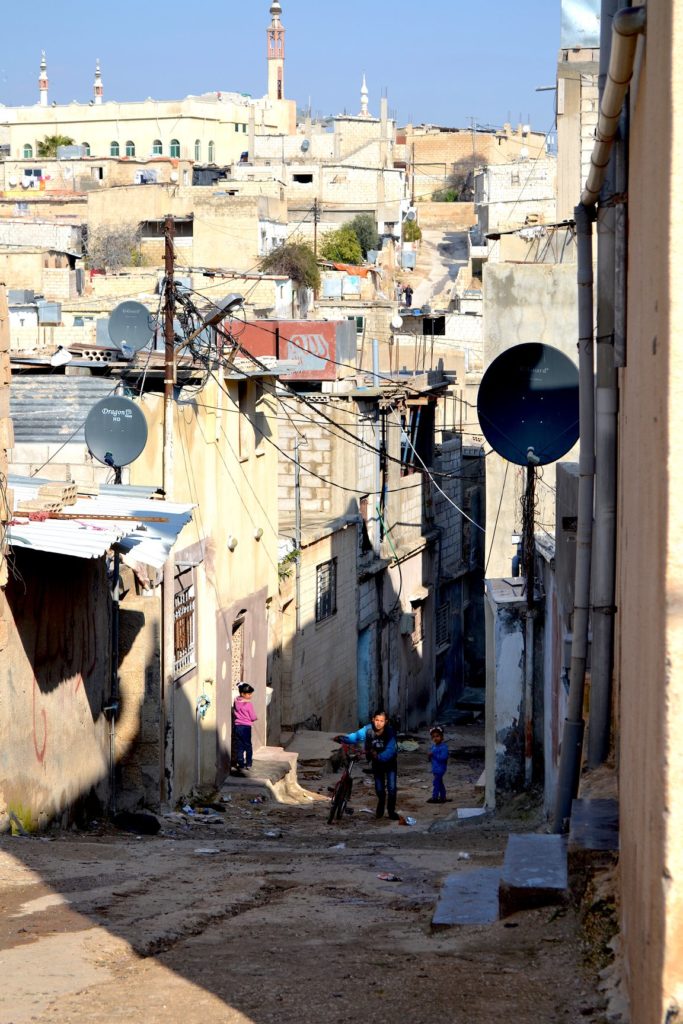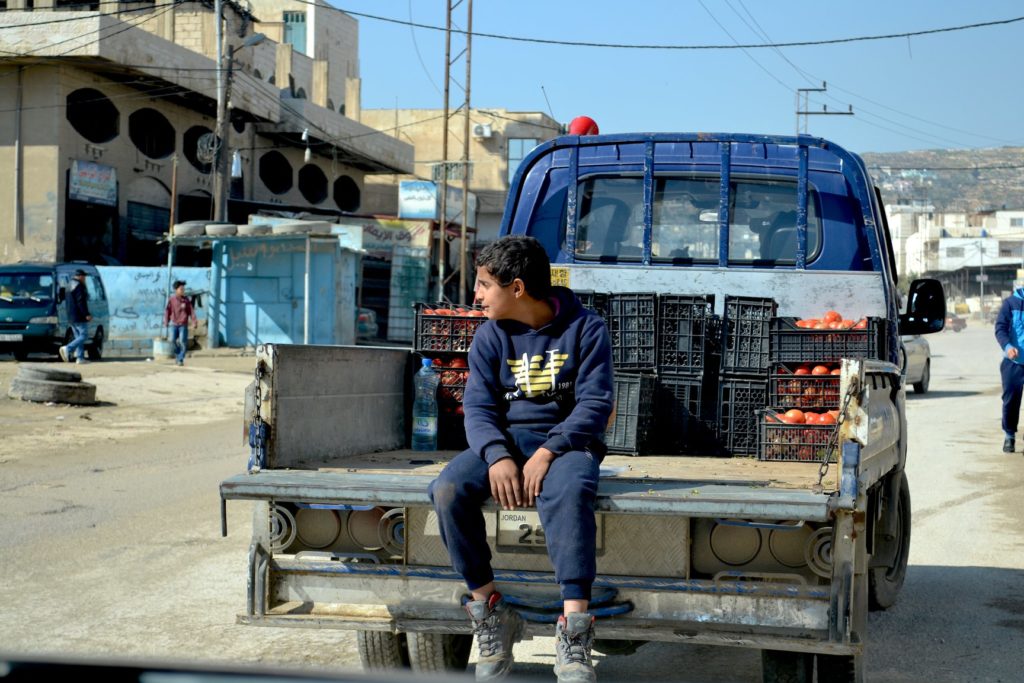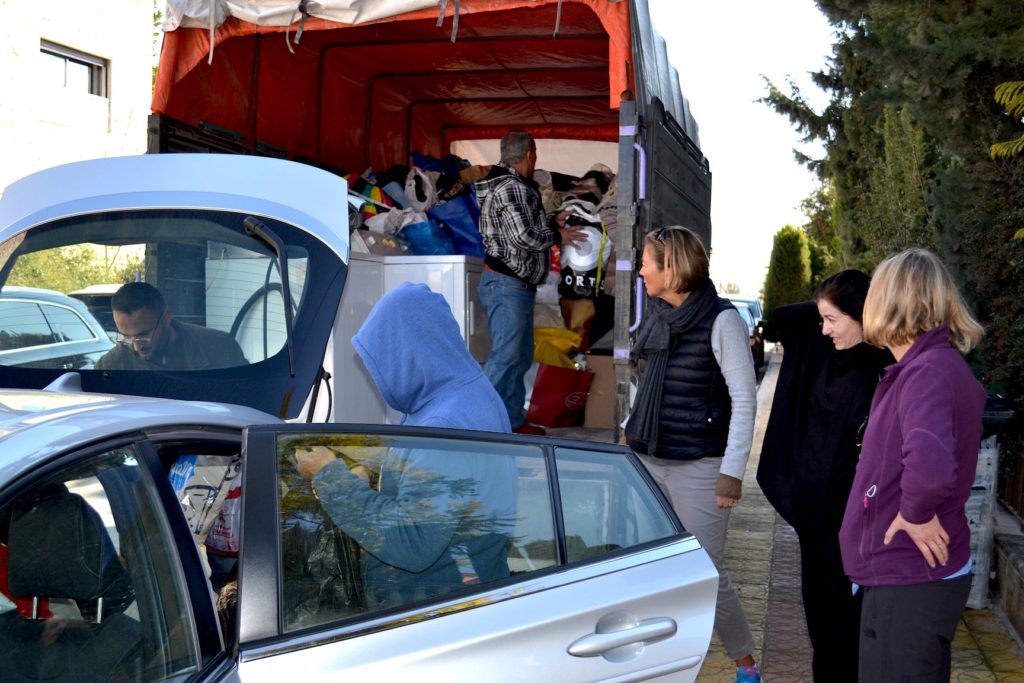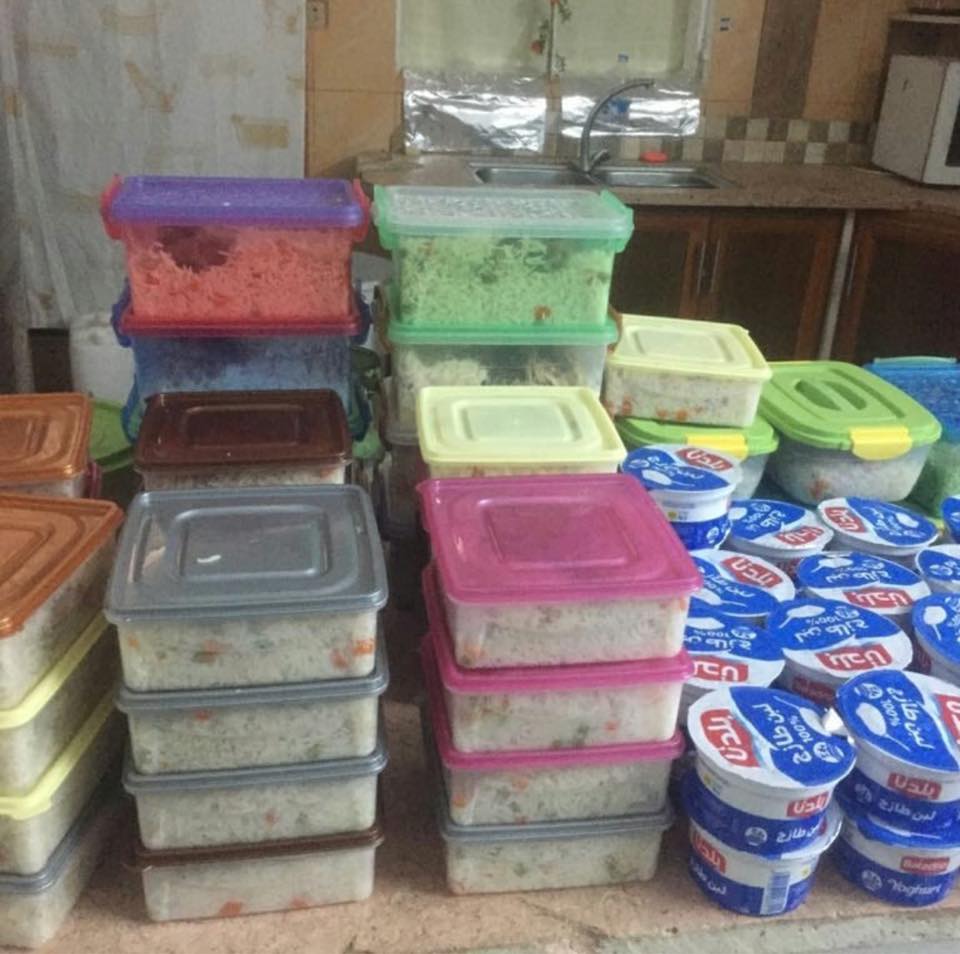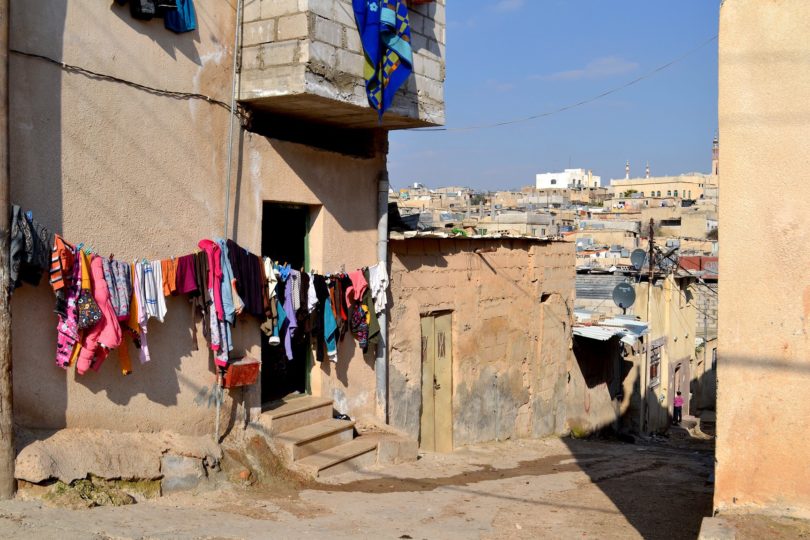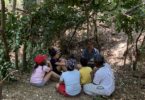As the world begins to return to normal and we reconstruct our lives post-pandemic, I desperately want my own family to re-engage in that world with intention. Each activity or commitment we add back into the family schedule feels weighty. We want to choose carefully which activities are really worth it and which ones aren’t. Very high up on our list of re-priorities is supporting the less fortunate, but volunteering with children can be tricky to organise. Especially as our son commutes from Pretoria to Johannesburg daily and weekends are taken up by horse riding, art and piano classes and playdates.
Our family has missed volunteering these last few years. We miss how it bonded us. We used to volunteer a lot in Jordan and when we first moved to South Africa, post-pandemic, we’d help out at an orphanage North of town. We miss the messy, tough conversations that often arose before and after. We miss expressing our love for other people by giving up some weekend hours to help out in whatever ways needed.
We miss it for our own good reasons, but research backs up our experience. Volunteering with children significantly improves their mental health, both for children and adults. It reduces stress, strengthens immune systems, increases happiness, builds empathy, and much more. For children in particular, it increases agency and autonomy, and empowers them to feel hopeful about the role they can play in real-world issues.
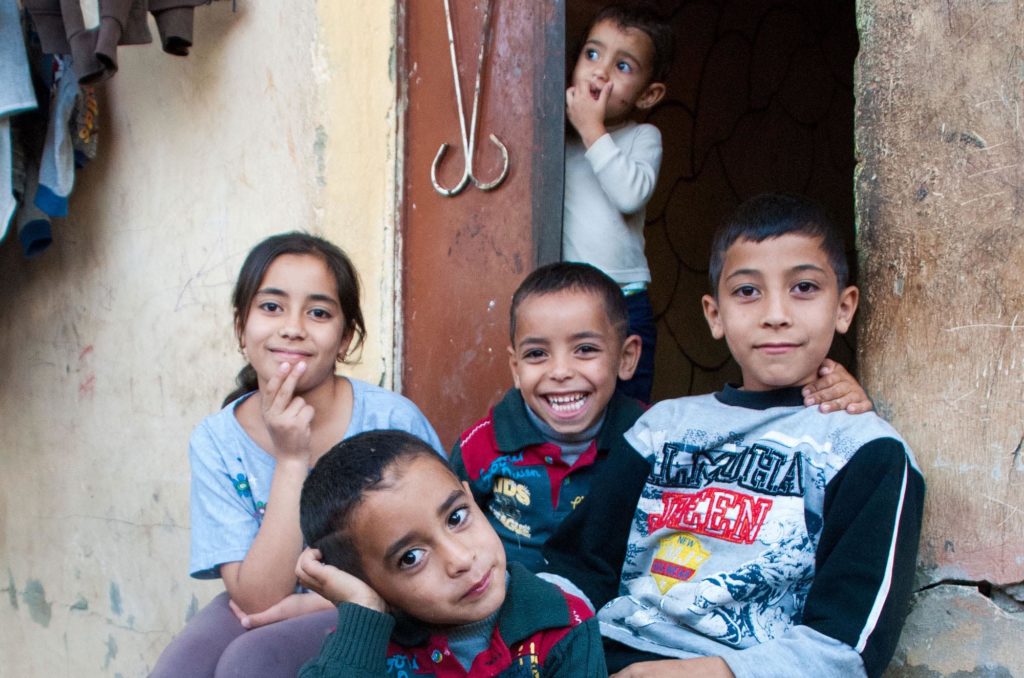 The benefits for volunteering with children are especially significant today, as children are at an unprecedented risk of developing anxiety and depression. When done right, teaching children how to engage with the world in positive ways can help them feel connected to a sense of purpose, to something bigger than themselves. And this way of showing up in the world sticks: children who volunteer are more likely to become civically active adults.
The benefits for volunteering with children are especially significant today, as children are at an unprecedented risk of developing anxiety and depression. When done right, teaching children how to engage with the world in positive ways can help them feel connected to a sense of purpose, to something bigger than themselves. And this way of showing up in the world sticks: children who volunteer are more likely to become civically active adults.
For toddlers and very young children, parents can model a spirit of service by modelling behaviour and talking about the positive consequences of kind actions. For instance, your toddler may want to pick up every piece of garbage off the sidewalk. You can help them safely pick up and dispose of the rubbish, and as you do, observe their impulse in a positive way and name it as a kind way to care for nature or to keep your neighbourhood clean.
For middle schoolers who can get back into in-person activities a bit sooner than younger children, “informal” volunteering is a great option. Informal volunteering isn’t coordinated or organised by any organisation, but can be meaningful, self-generated acts of kindness for friends, neighbour’s, and others in your community.
For example, children can create a thank you note station at school for fellow students to show gratitude to teachers, staff, or maintenance workers. Or, they can easily create pop-up “take what you need” collection areas at school or parks, where gently used books, clothing, toys, shoes, or even canned goods can be donated. Even small acts like creating a message board with encouraging words or affirmations can make a big difference.
High school volunteers can do more traditional and more in-person projects based on their specific interests. If they love animals, they can volunteer at a pet shelter or aquarium. If they are interested in coding, they can offer to contribute their skills to help smaller nonprofits make upgrades to their technology. If they want to connect with other teens or children, they can mentor or tutor students who are a few years younger than them. Virtual opportunities, many of which came into existence during COVID-19, also abound.
Teens can get involved in climate justice by signing petitions or initiating local campaigns; they can provide assistance for visually impaired individuals through video apps; they can send letters or online messages to older members of the community to help keep their spirits high while they can no longer have visitors.
Regardless of age or type of service, volunteering at all levels opens the door for something I know we all want this year: meaningful conversation, connection, and growth.
The photo’s below are taken mainly at the Gaza Camp, Jerash, Jordan where we used to volunteer. If you want more information about how to support, don’t hesitate to get in touch.
